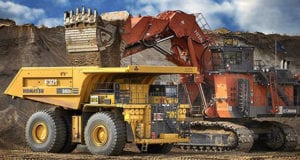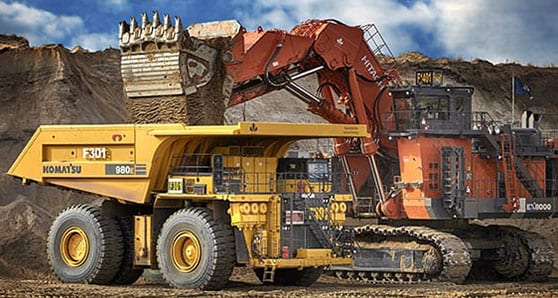Calgary-based Suncor Energy had a net loss of $614 million ($0.40 per common share) in the second quarter of 2020, compared to net earnings of $2.729 billion ($1.74 per common share) in the prior year quarter, the company reported on Wednesday.
It also said its second quarter operating loss was $1.489 billion ($0.98 per common share), compared to operating earnings of $1.253 billion ($0.80 per common share) in the prior year quarter.
In the second quarter of 2020, crude oil and refined product realizations decreased significantly, with crude oil and crack spread benchmarks declining by more than 50 per cent compared to the prior year quarter due to the impacts of the COVID-19 pandemic and OPEC+ supply issues, explained the company, adding the decline in consumer demand for refined products resulted in lower crude oil demand and lower overall upstream production volumes and refinery crude throughput as the company managed its operations to meet demand levels.
“We experienced unprecedented volatility this quarter in all facets of our business as the COVID-19 pandemic and OPEC+ supply issues continued to impact the industry,” said Mark Little, President and CEO, in a news release. “The company took decisive action to respond to both these issues, enabling us to manage through this period of volatility and maintain financial resilience for the future. As we move forward, we will remain agile in the execution of our strategy as we continue to focus on the long-term financial health of the company and our plans to generate increasing shareholder returns.”

At the onset of the COVID-19 pandemic in the first quarter of 2020 and with the collapse of the OPEC+ supply agreement, the company took decisive action in response to the changing business environment, said Suncor, adding it is focused on maximizing its upstream production integration with its upgraders and refineries, shifting its refined product mix to meet demand, and leveraging its midstream trading and marketing expertise and logistics.
“Suncor’s business model is built on capturing the full value of our produced barrels through our physical integration. This model, paired with disciplined adherence to financial management and capital allocation, has consistently delivered value to shareholders,” said Little. “As we move forward, we will continue to execute on our operating and capital cost reduction targets and take the measured actions required to ensure the long-term financial health of our business.”


